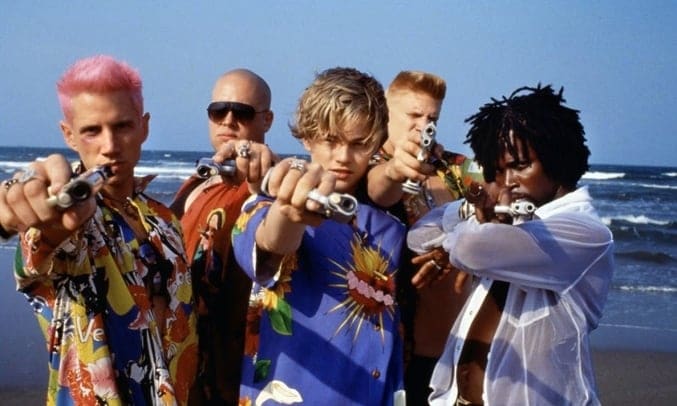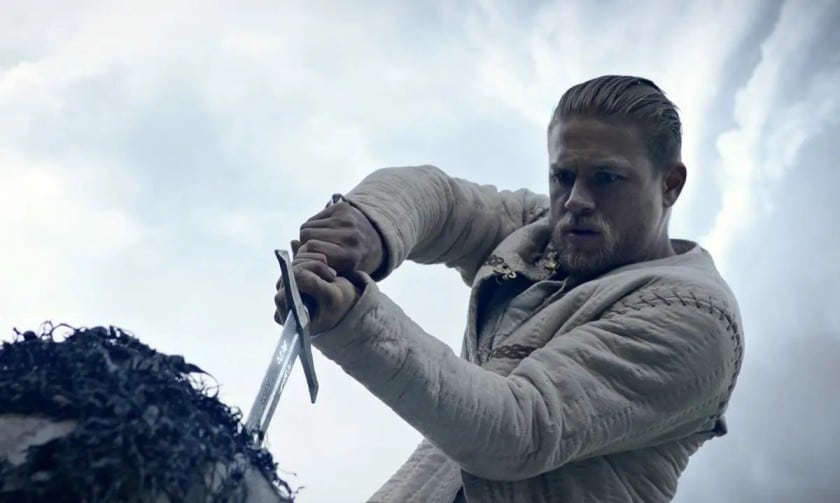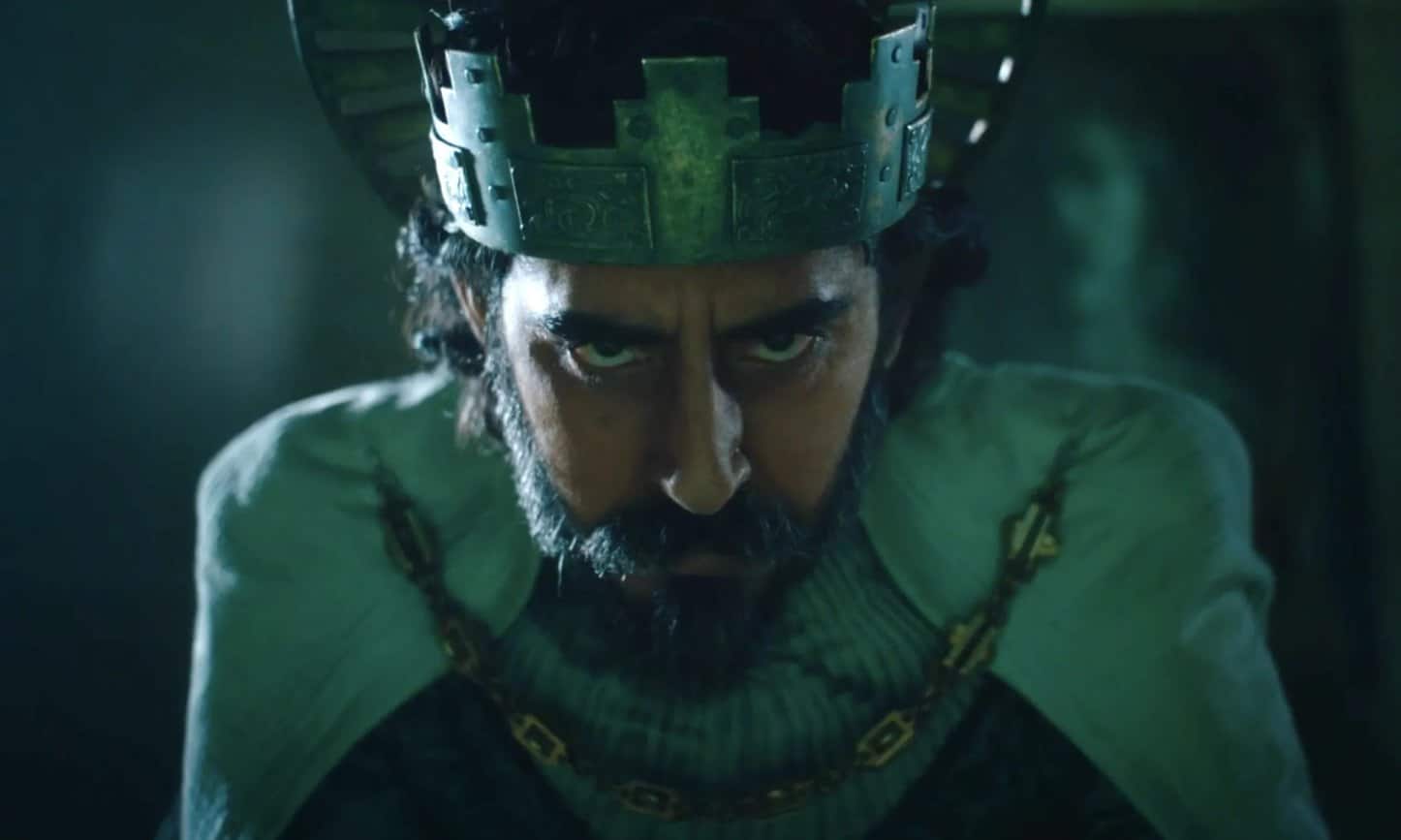In many ways, public domain properties are the film and TV industry’s lifeblood. They’re at least a substantial piece of how stories are created, adapted and marketed. But what are they and how can you use them to inspire your next screenplay? We take a look at what public domain properties are and how you can use them in your screenwriting.
Table of Contents
What Are Public Domain Properties?
‘Public domain properties’ is a legal term that refers to any document – poem, play or novel, for example – whose copyright has expired. This happens when either the author’s estate fails to renew the copyright, or the copyright limit expires.
This limit is different depending on the kind of document. For instance…
- If the author published anonymously or under a pseudonym, the limit is 120 years.
- If it’s in the author’s name and written after 1978, the copyright lasts for the duration of the author’s life plus 70 years.
Once the copyright has expired the work enters the public domain meaning it is owned by the ‘public’. This makes it free to use or interpret by anyone in any way. More books enter the public domain every year because of this legal framework. So it’s worth checking the dates on some of your favorite stories in case they come up soon.

Why Use Public Domain Properties?
Many writers prefer to focus on producing completely original material. It can feel frustrating to look around and see so many remakes of the same ideas.
But having at least one script based on a PDP will likely add value to your portfolio. Moreover, it can help you get out of writer’s block, giving you a structure to work from. And even if you don’t have a screenplay based on a PDP, as a professional writer you will likely come across one at some point in your career.
Film and TV studios like public domain properties for three main reasons:
- Cost
- Creative Freedom
- Marketability
Public domain properties can provide a familiar framework for a writer and audiences to get their head around. Amidst a crowded marketplace, having familiar source material can help distinguish your work. Or if the work is more unknown but in the public domain, then it can still give your screenplay a well to spring from. It may be, for example, an undiscovered gem or an old work that has newfound contemporary relevance.
1. Using Public Domain Properties Saves Money
Firstly, studios can keep upfront costs down by not forking out for rights to the material. We can look at two big studios for comparison; Amazon and Disney.
Back in 2017, Amazon spent an eye-watering $250 Million Dollars on the rights to the Lord of the Rings story. This was a quarter of the total budget for The Rings of Power. Though a lot of money, Amazon was making a calculated risk. Taking on a story with a huge and dedicated pre-existing fanbase all but guarantees audience numbers. However, the figures on release show this risk may not have paid off.
Disney on the other hand has taken well-known stories from the public domain and turned enormous profits. Dozens of film adaptations of classic fairytales have spawned an enormous empire. Theme parks, products and music have created seemingly endless revenue, all without paying for any copyright.
It’s not always plain sailing and there are many complications that can arise when stories are or aren’t considered in the public domain. Disney, for instance, has sought to extend copyright works on much of its own work so that it itself doesn’t enter the public domain.
Looking at these two examples though, we can see why studios will be drawn to stories in the public domain. The rewards for buying the rights to big copyrighted stories can be great, but so are the risks. Often only the most wealthy corporations and companies will be willing to go there. Most production companies will opt for a cheaper, or free alternative. The bottom line is that paying for copyright can be expensive. So ultimately, basing your script on a public domain property makes it a more viable business proposition.

2. The Public Domain = Creative Freedom
Secondly, with public domain properties studios can have complete creative freedom in their interpretations of character, story and setting.
For example, Shakespeare plays are a great public domain resource. At their heart, they have universal themes, solid structure, complex characters and endlessly versatile stories. Especially when modernizing the language, they can fit any genre and market. Sometimes they can become almost unrecognizable in the process.
- 10 Things I Hate About You (The Taming of the Shrew), Get Over It (A Midsummer Night’s Dream) and She’s The Man (Twelfth Night) are all romantic comedy adaptations that played fast and loose with the source material.
- Romeo + Juliet, meanwhile – another successful adaptation – was more true to the original, using the language, for instance. However, Baz Luhrmann modernized the setting, making it more familiar and powerful despite the tricky language.
Shakespeare adaptations prove just how much creativity one can approach a public domain story with. The template is there but just about everything else is up for grabs in terms of interpretation.

3. The Legal and Ethical Risks of Infringement
This ease and flexibility is in contrast to the tricky legal territory of portraying characters similar to those in copyright-protected works, or real people. When writers enter this territory, they run the risk of being accused of copyright infringement or life rights infringement.
For example, imagine a film script about a mythical ogre living alone in the woods. It features an archetypal, unowned character, and should therefore be free to use. However, if this Ogre starts speaking in a dodgy Scottish accent and hanging out with a talking donkey, the legal team at Dreamworks are likely to come knocking. This seems like a flippant example, but some of the most famous films ever made including Avatar and The Matrix have been involved in infringement cases.
Similarly, taking inspiration from the lives of real people can lead to legal action and controversy when not done right. The 2022 Hulu series Pam and Tommy presented a fictionalized account of the theft and distribution of a sex tape of Pamela Anderson and her husband Tommy Lee.
Pam and Tommy was largely a critical success. But it soon became clear that the creators did not get Anderson’s consent to use her story. Anderson has not pursued legal action, but the public disapproval of this dodgy practice in light of the #MeToo movement largely overshadowed positive reviews and awards.
Many times taking inspiration from real people or playing with generic types can yield great results, if you do thorough research and are willing to put effort into working ethically. However, if your starting point is in the public domain, you are less likely to run these risks.
4. Familiar Stories and Characters are Highly Marketable
Finally, many texts in the public domain have recognizable characters that are highly marketable. As a result, films with recognizable stories and characters often have greater success at the box office.
Usually based on books, these stories can also come from poems, art or mythic/historical figures. Audiences have some sense of what to expect, and this generates buzz about how the story will be portrayed.
This familiarity also takes pressure off the marketing team in other ways. Recognizable symbols and images that instantly communicate the story to the public can come with the story.
The legend of King Arthur is a fantastic example of this. The sword in the stone, the knight’s round table and Merlin’s wizardry are instantly recognizable as belonging to this character’s world. It’s no surprise then, that many tens of films have taken advantage of this symbolism. And sometimes this isn’t a direct link.
- The Green Knight, for example, is based on a 14th Century poem, Sir Gawain and the Green Knight, an Arthurian story that contains many familiar elements but is hardly the most well-known Arthurian legend.
- The film, therefore, is able to trade on the name and reputation of being an Arthurian legend, without falling victim to the familiarity of the more famous legends and stories in this context.
This also works especially well for legends and fairytales, but can also be true of classic novels such as Frankenstein or The Three Musketeers. These stories are embedded in the cultural psyche. Whilst this can make it seem like well-tread ground, sometimes a spin on a well-loved, archetypical story with familiar characters can hit that sweet spot between familiarity and ingenuity.
How to Write a Script Based on Public Domain Properties
Now we’ve got the why’s out of the way, you take one of these resources and turn it into your own original script. Below are three main things to consider when embarking on an adaptation from the public domain.
1. Finding the Material

There is a myriad of ways to find public domain properties online. If you have a subject in mind and want to check if it’s in the public domain you can usually do a quick google and find out easily enough. However, if you don’t know where to start there are a couple of really useful resources out there.
- Project Gutenburg is a free, volunteer-run project that has created over 60,000 ebooks of works in the public domain. The focus of the catalogue is older works for which US copyright has expired. The website also shows what the top downloaded ebooks of the previous day were, which can help narrow your search.
- For a mythic or fairytale inspiration, Internet Archive has a back catalogue of myths and legends in the public domain. Similarly, classical music, opera and poetry provide bold and powerful stories with plenty of room for interpretation.
There are lots of resources out there to find public domain properties, including those that are updated year by year as more properties become available as they enter the public domain.
The point about the public domain is that it is constantly growing and changing, presenting more opportunities as more works become available or the laws and rights around properties change. Just make sure you’re certain about what is or isn’t in the public domain before you settle on a story to adapt and/or work from.
2. Do Your Research

Once you’ve picked your source, find out what other – if any – versions of the story have been put to film before, as this can affect your options.
Do whatever you like with the characters and story, but be careful to avoid too many similarities with existing depictions. For example, copyright exists for the Disney versions of many classic fairytale characters. The original stories are free to use, but avoiding aesthetic similarities to these famous versions can be a minefield.
So make sure you research the work you’re choosing to adapt. Moreover, make sure that you have a decent reason to adapt it that isn’t going to just lead you to follow a very similar path to other adaptations.
3. Break the Mould
Legal worries aside, creating an original adaptation is important in its’ own right. The more popular the story, the more it will be rewritten by screenwriters. Therefore, going for these cultural icons is by no means a guarantee of success.
- Pare the story down to its essential elements and think about ways to push it into new genres or contexts.
- Similarly, moving classic characters out of their context into different settings can generate unexpected thrills and comedy.
- In recent years switching the genders of characters has been a popular way to reinvigorate a story and make it feel more contemporary and pertinent.
- Try and hone in on what drew you to the story and consequently extrapolate what could be idiosyncratic about this particular adaptation. What do you bring to this adaptation that others haven’t?
Whatever you do, bringing a completely fresh take on a well-known classic has the potential to help you generate interest. You don’t have to go out of your way to make an adaptation feel modern just for the sake of it, as this can sometimes seem clunky. However, you must create a connection with the material and justify its modern adaptation as something distinctive, different and worthwhile for audiences.

In Conclusion
Public domain properties are a crucially important resource for the film and TV industry. They provide free, familiar and flexible stories that have captured audiences already for hundreds, if not thousands of years. It is this timelessness, marketability and budget-friendly nature that keeps film studios hunting for the next great adaptation.
Stories in the public domain repeat on our screens in different forms again and again, and occasionally new versions become more iconic than the original. As we can see in the case of Disney’s film franchise, this can lead to some tricky territory when embarking on your own versions of public domain stories. As such it is important to research thoroughly and prioritise originality in your scripts.
Above all, have fun with your version and try to find a perspective that is uniquely your own, whilst still using those essential elements that audiences know and love. Public domain stories can be a way of invigorating your imagination by demonstrating familiar story and character templates and challenging you to bring your own writer’s voice to it.
– What did you think of this article? Share It, Like It, give it a rating, and let us know your thoughts in the comments box further down…
– Struggling with a script or book? Story analysis is what we do, all day, every day… check out our range of script coverage services for writers & filmmakers.
This article was written by Rebecca Hindmarsh and edited by IS Staff.
Get *ALL* our FREE Resources
Tackle the trickiest areas of screenwriting with our exclusive eBooks. Get all our FREE resources when you join 60,000 filmmakers on our mailing list!

